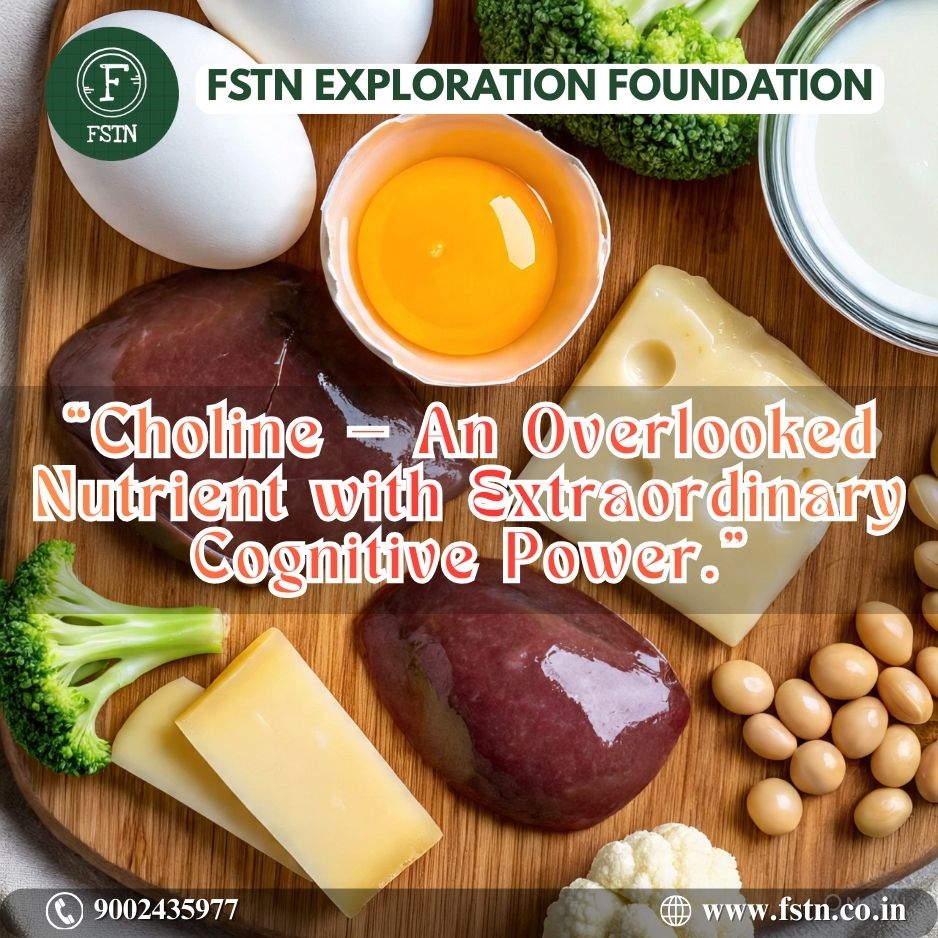The Result? Constant fatigue, frequent infections, poor concentration, and delayed growth. What makes it even more concerning is that anemia often goes unnoticed until it starts affecting school performance or overall development.
The Good News? With the right nutrition and timely care, anemia is both preventable and treatable.
Different Types of Anemia:
- Iron Deficiency Anemia: Most common; due to poor iron intake or chronic blood loss.
- Folate/B12 Deficiency: Caused by a diet lacking in essential vitamins; leads to large, weak red blood cells.
- Hookworm Infested Anemia: Caused by blood loss due to hookworm parasites that feed on intestinal blood, leading to iron deficiency.
- Sickle Cell Anemia: Genetic disorder; sickle-shaped red cells block blood flow and cause pain and complications.
- Thalassemia: Inherited disorder resulting in abnormal hemoglobin production, thus resulting anemia.
- Aplastic Anemia: Bone marrow fails to produce enough blood cells.
- Chronic Disease Associated Anemia: Linked to prolonged infections or inflammation that affects red cell production.
- Hemolytic Anemia: Red blood cells are destroyed faster than they can be replaced.
Symptoms of Anemia in Children:
- Fatigue or low energy
- Pale skin, lips, or eyelids
- Poor appetite
- Shortness of breath during activity
- Dizziness or lightheadedness
- Irritability or mood swings
- Slow growth or developmental delays
- Frequent infections
Nutritional Root of Anemia:
Several dietary habits increase a child's risk of developing anemia.- Prolonged exclusive breastfeeding delays nutrient intake may results in PEM from an early age.
- Late Weaning impairs the proper function of digestive juices in relation with appetite.
- Poor dietary diversity and micronutrient deficiencies such as iron, folic acid, vitamin B12, zinc, magnesium form the nutritional foundation of anemia.
Underline Triggers:
Children undergoing rapid growth, especially during infancy and adolescence, have increased iron needs.
- Inadequate breastfeeding
- Poor meal diversity
- Repeated infections
- Parasitic infestations like hookworms
Dietary Strategies to Prevent Anemia:
A balanced, nutrient-dense diet is key to preventing anemia. Caregivers should include:- Iron-rich foods: Red meat, eggs, spinach, lentils, tofu, and iron-fortified cereals.
- Vitamin C-rich foods: Citrus fruits, tomatoes, bell peppers, to enhance iron absorption.
- Folate Sources: Green leafy Vegetables, beet, sunflower seeds, flax seeds, chickpeas, kidney beans assist with blood cell formation from bone marrow.
- Vitamin B12 sources: Crab, liver & organ meats, salmon, tuna, and dairy products.
- Animal Protein: Foods like clams, eggs, chicken, and sardines provide heme iron, which is vital for boosting hemoglobin & RBC formation.
- Probiotics: Curd, Banana, Sauerkraut, kimchi, natto, tempeh strengthen gut microbiota.
Need for Supplementation:
When dietary changes are insufficient, healthcare providers may prescribe iron supplements along with multivitamin supplements, especially for children with moderate to severe anemia. Regular health check-ups, growth tracking, and CBC testing in 6 months intervals are important for early detection and timely intervention.Final Note:
Anemia in children is largely preventable through mindful nutrition, timely intervention, and public awareness. A well-balanced diet rich in iron, folate, vitamin B12, and other key micronutrients—alongside proper hygiene, routine deworming, and regular wellness measures can build a strong defense against this silent deficiency.



